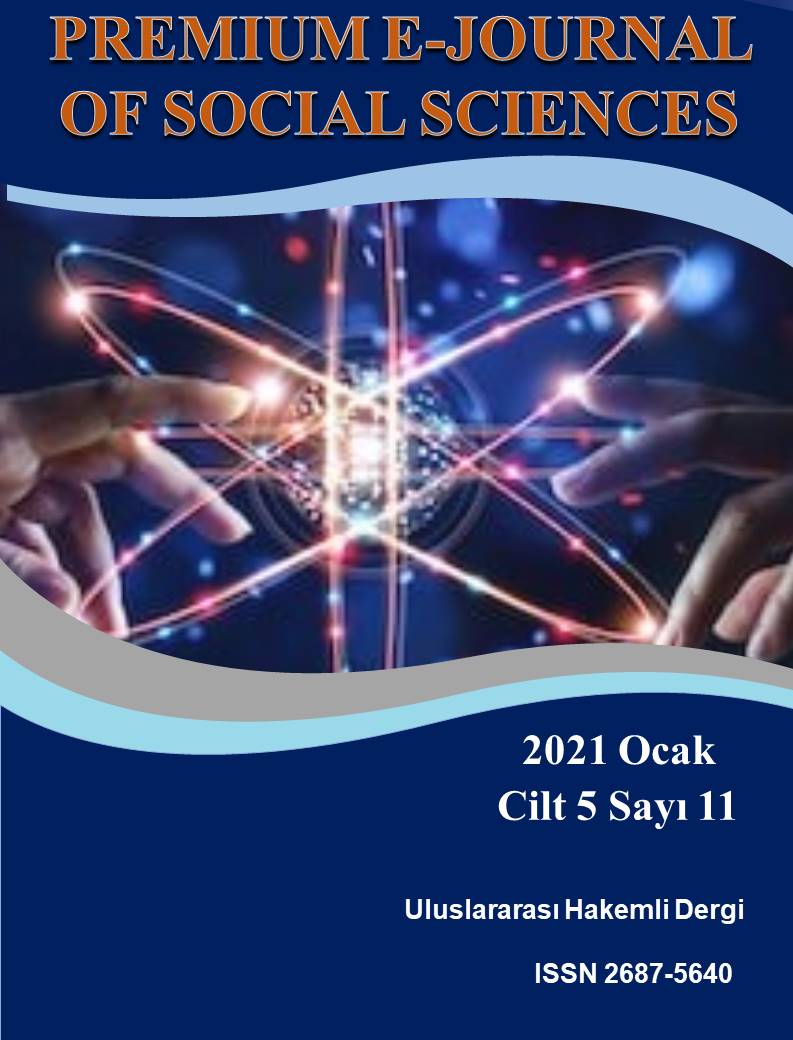RANKING OF AFTER 1980 ELECTIONCS BY CONTRIBUTIONS AND PLUARISM CRITERIA BY USING SWARA AND ARAS METHOD
DOI:
https://doi.org/10.37242/pejoss.1089Keywords:
MCDM, SWARA, ARASAbstract
Decision making is one of the most important parts of human life. Decision making is also the most important part of the management function. Businesses are constantly faced with the situation of choosing among alternatives or ranking situations by considering many criteria. In the literature, multi-criteria decision methods are used for the systematic solution of decision problems with conflicting criteria. There are many multi-criteria decision making methods in the literature. ulti-criteria decision making methods are generally used in decision making processes related to business problems in the literatüre. In this study, it is aimed to use multi-criteria decision making methods in a specific subject. For this purpose, Swarna and Turkey ranking of after 1980 elections made by using of SWARA and ARAS methods. As criteria for participation and pluralism; The rate of participation in the elections, the number of parties entering the elections, the number of parties entering the parliament according to the election results, the number of disabled representatives entering the parliament according to the election results, the number of female representatives entering the parliament according to the election results and the change in the political power as a result of the election. The weights of the determined criteria were calculated with the SWARA method and the selections were listed with the ARAS method. As a result of the study, the elections held on 7 June 2015 and 1 November 2015 were ranked in the first two places according to participation and pluralism criteria.
Downloads
Downloads
Published
How to Cite
Issue
Section
License
Copyright (c) 2021 Premium e-Journal of Social Science (PEJOSS)

This work is licensed under a Creative Commons Attribution 4.0 International License.


